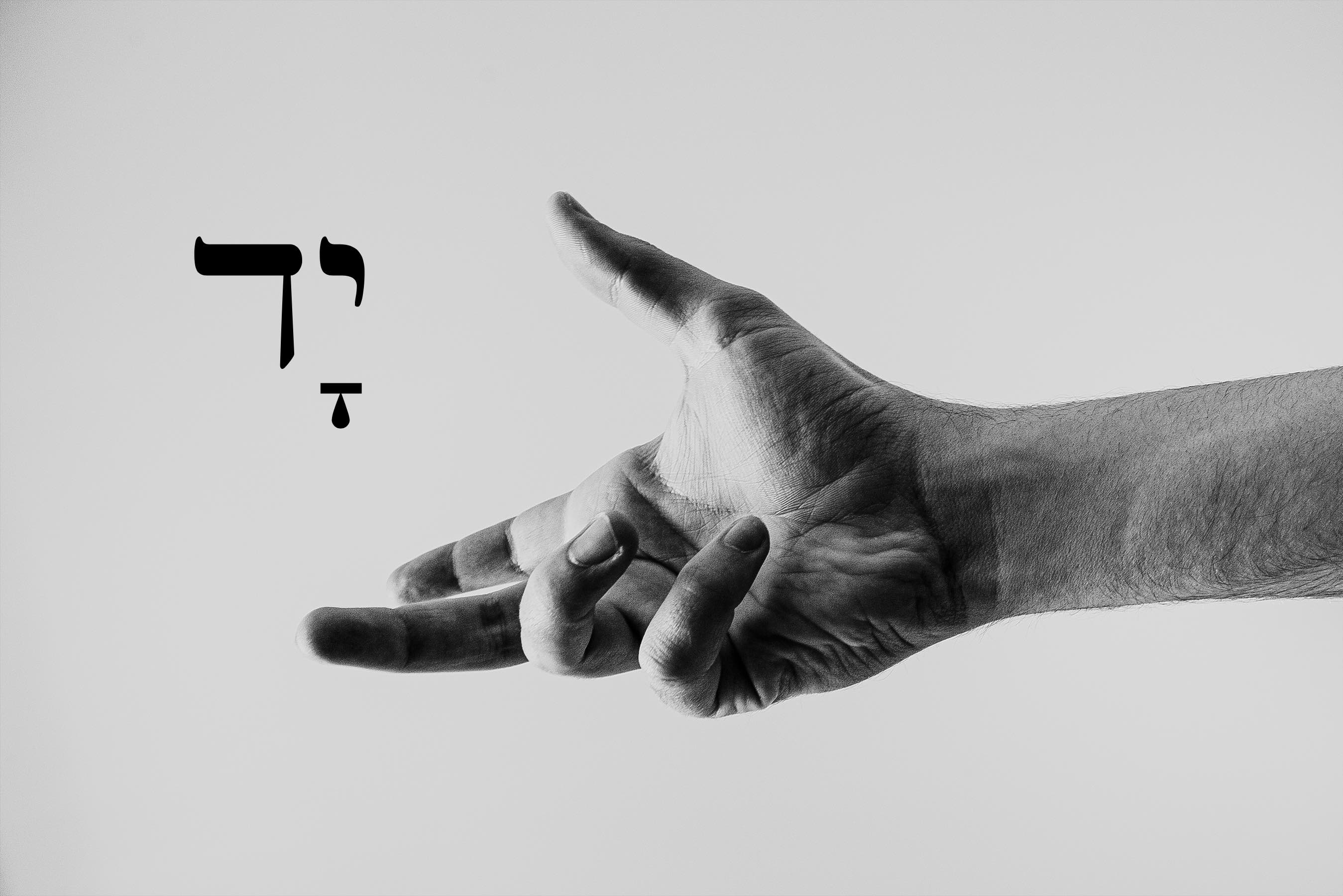Lesson 8 | Vocab: Prepositions
New Vocabulary
Now it is time to learn the vocabulary words for Lesson 8. For this lesson, you will learn 23 new words: eight non-prefix prepositions (adding to the one you learned in Lesson 2, עַד), seven nouns, two adjectives, one adverb, and five verbs. Watch for cognates next to each other to aid your memory, and practice saying the words as you study them.
Eight of the new words below are non-prefix prepositions. We don’t have a grammar step for them, because they are very easy. In fact, they function exactly like prepositions in English, immediately preceding the word they govern. So in the phrase אֶל הָאָדָם (“to the man”) in Genesis 2:19, אֶל governs הָאָדָם. Notice that neither the preposition nor the noun it governs needs to change its form to establish this prepositional phrase, just like in English. Isn’t Hebrew amazing?
Lesson 8 Vocabulary
Words
Definition
Helps
אָז
at that time, then (adverb)
אַחַר
after (adverb, preposition)
Often appears with the form אַחֲרֵי as well.
אֵל
to, toward (preposition)
This is spelled the same as the noun אֵל, meaning “God.”
אֵת
with (preposition)
Note a different word of the same spelling on the next line.
אֵת
[direct object marker]
This word functions to mark the direct object of a verb or verbal, and is not translated.
גָּדוֹל
great (adjective)
גָּדַל
grow up, become great (verb)
יָד
hand (m/f) (noun)
יִשְׂרָאֵל
Israel (f) (noun)
כְּמוֹ
like, as, when (preposition)
This is used similarly to the prefix preposition כ, which you learned in the last lesson.
לָשׁוֹן, לְשֹׁנוֹת
tongue (m/f) (noun)
מוּת
die (verb)
מָוֶת
death (m) (noun)
מָלֵא
fulfill, fill (verb)
מִן
from (preposition)
This is used similarly to the prefix preposition מ, which you learned in the last lesson.
נֶפֶשׁ
soul, life (m/f) (noun)
עַיִן
eye (noun)
The Hebrew sounds just like “eye” with an ’n’ tacked on!
עַל
upon, according to (preposition)
עִם
with (preposition)
צִיּוֹן
Zion (f) (noun)
שׁוּב
turn back, return (verb)
שָׂמַח
rejoice (adjective, verb)
תַּחַת
under, instead of (preposition)
Loading...

Finally, note one additional idiomatic preposition that is very common in the תנ״ך, occurring well over a thousand times, made up of vocab you have already learned. The word is לִפְנֵי and it functions just like a preposition meaning “before.” But grammatically it is more complicated than that: the prefix preposition ל (that you learned about in Lesson 7) is combined with the word פָּנִים (that you learned in Lesson 4: “face”) in the construct form (which you will learn about in Lesson 9). Together this yields the extra literal, “toward the face of.” But while that sounds very poetic, it effectively just means “before” or “in front of.”